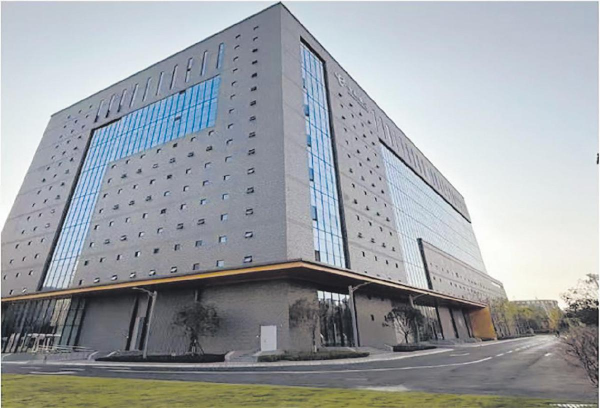In recent years, Sichuan Branch of China Telecom Corporation Limited (China Telecom Sichuan) has made remarkable strides in promoting eco-friendly practices, intertwining energy efficiency with its digital evolution strategy.

A view of the Sichuan Branch of China Telecom Corporation Limited [Photo/sasac.gov.cn]
At the heart of this initiative lies China Telecom’s Information Center of West China in Chengdu, a pivotal national data nexus. Through strategic measures like equipment modernization and enhanced cooling and power systems, the center has substantially curbed energy consumption.
The Power Usage Effectiveness of its Phase I IDC data center has improved by 0.285, cutting annual power consumption by 12.85 million kilowatt-hours.
In remote areas like Muli County, Liangshan Yi Autonomous Prefecture, the company introduced a self-developed integrated solar-storage-cooling system using liquid temperature-controlled lithium batteries. This system powers telecom base stations and provides electricity for forest fire watch stations, offering a zero-carbon solution in high-altitude regions.
To address the growing energy demand of 5G base stations, the company developed an AI-powered smart energy-saving platform. By deploying intelligent sleep mode and power management systems, it achieves annual savings of approximately 62.4 million kWh — reducing carbon emissions by over 35,000 tons.
Its newly developed outdoor integrated power cabinet has also been listed in the recommended catalog by the Ministry of Industry and Information Technology and is being promoted nationwide.
In Danba County, Garze Tibetan Autonomous Prefecture, China Telecom Sichuan has built the country’s first high-altitude distributed green computing cluster. Installed in modular “intelligent computing pods,” the cluster is optimized for the plateau environment and powered primarily by local renewable energy.
Using a hybrid air-water cooling system and recycling previously wasted water and electricity, each pod supports high-performance computing for AI development. The project has consumed about 2 million kWh of clean energy in one year, demonstrating the viability of converting green power into computing capacity.
The company also plans to explore a complementary energy model that uses hydropower in wet seasons and solar power in dry periods, aiming to ensure that over 80 percent of computing projects in the region run on renewables.
Leveraging its green cloud-network ecosystem, China Telecom Sichuan is helping drive the digital economy while contributing to China’s dual-carbon goals.
(Executive editor: Yuan Ting)